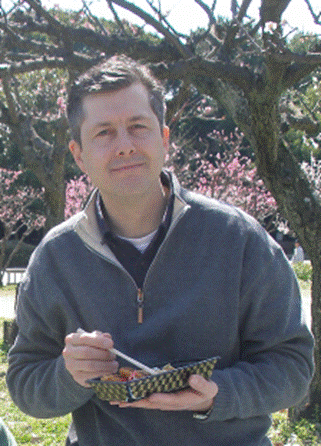The price of surimi, the raw material for fish-paste products such as kamaboko and chikuwa, has dropped in Japan for the first time in almost four years.
In 2014 and 2015, surimi prices rose amid high Asian demand, and they remained high in 2016. As a result, many Japanese manufacturers were forced to raise their prices for fish-paste products.
Cost reduction for fish-paste product-makers is now expected, but this may not lead to immediate decreases in their sales prices, as many have suffered low earnings due to high material prices and may look to recover profits first.
The main cause for the price easing has been better catches in North America for the fish sourced for surimi. Surimi produced in North America (shore processed, 2nd grade, frozen, delivered to Japan) was trading at around JPY 375 (USD 3.26, EUR 3.06) per kilogram at the beginning of 2017 – 9.6 percent cheaper just a month before.
Intense retailer price competition in Europe led to downward price pressure on suppliers, and those that could not bear price reductions reduced their production. In Alaska, the major production area, there were many smaller fish among the Alaska pollock catch in 2016. These are hard to process into fillets, so the percentage used as surimi raw material increased.
FA grade (processed and frozen at sea) surimi, used for gift-pack or holiday kamaboko in Japan, has likewise seen its price decrease. Now trading at about 470 yen (USD 4.11, EUR 3.86) per kg, that’s down by 40 yen (USD 0.35, EUR 0.32) from December 2016, or 7.8 percent.
For the coming pollock fishing season in Alaska, taking place from January to April, the quota is expected to be increased from last year, though this may be offset somewhat for Japanese buyers by the weakness of the yen, which has fallen off in trading against the U.S. dollar.






